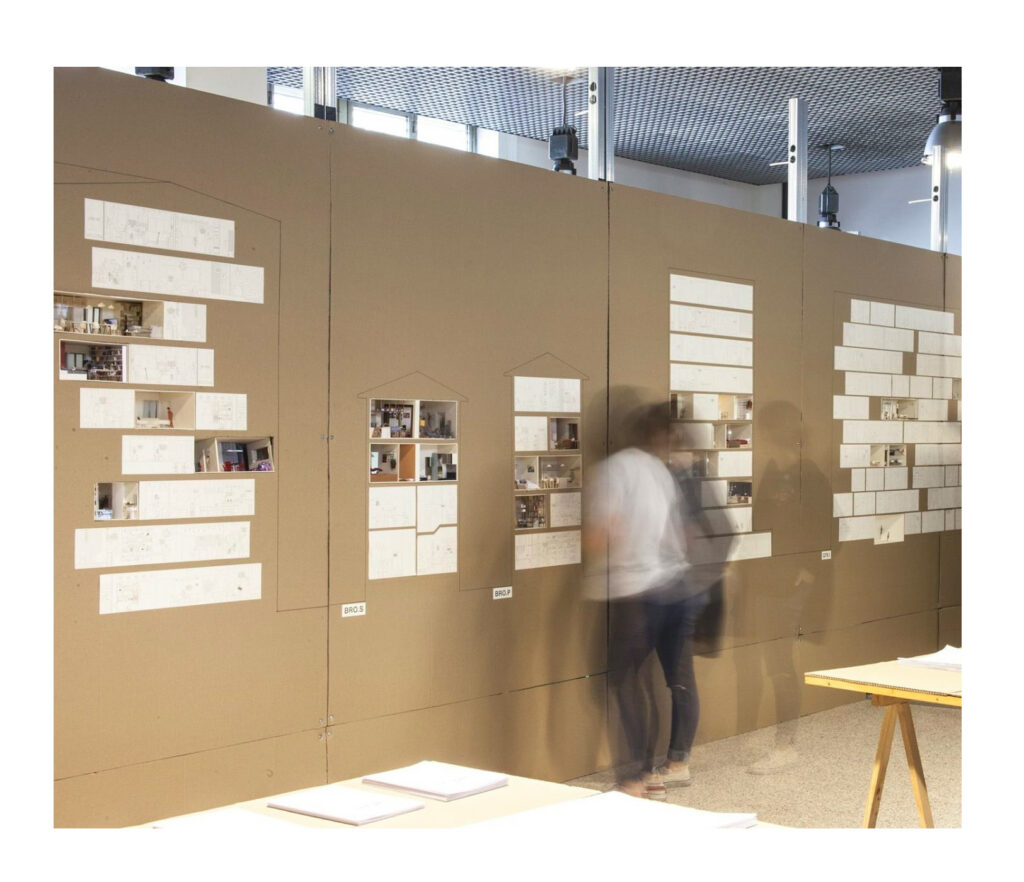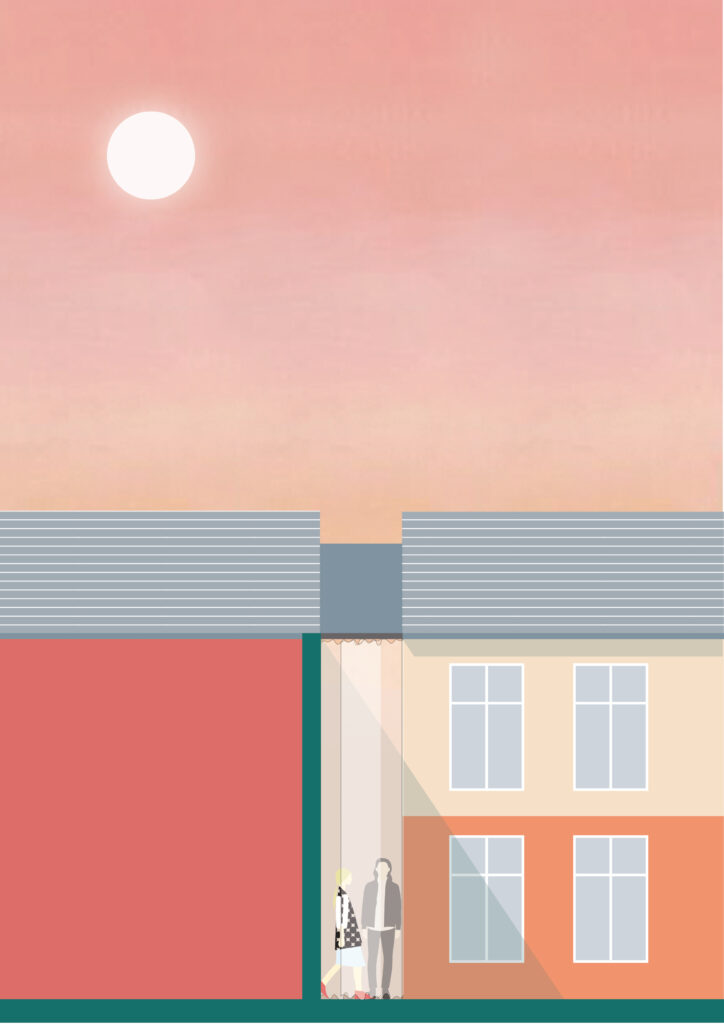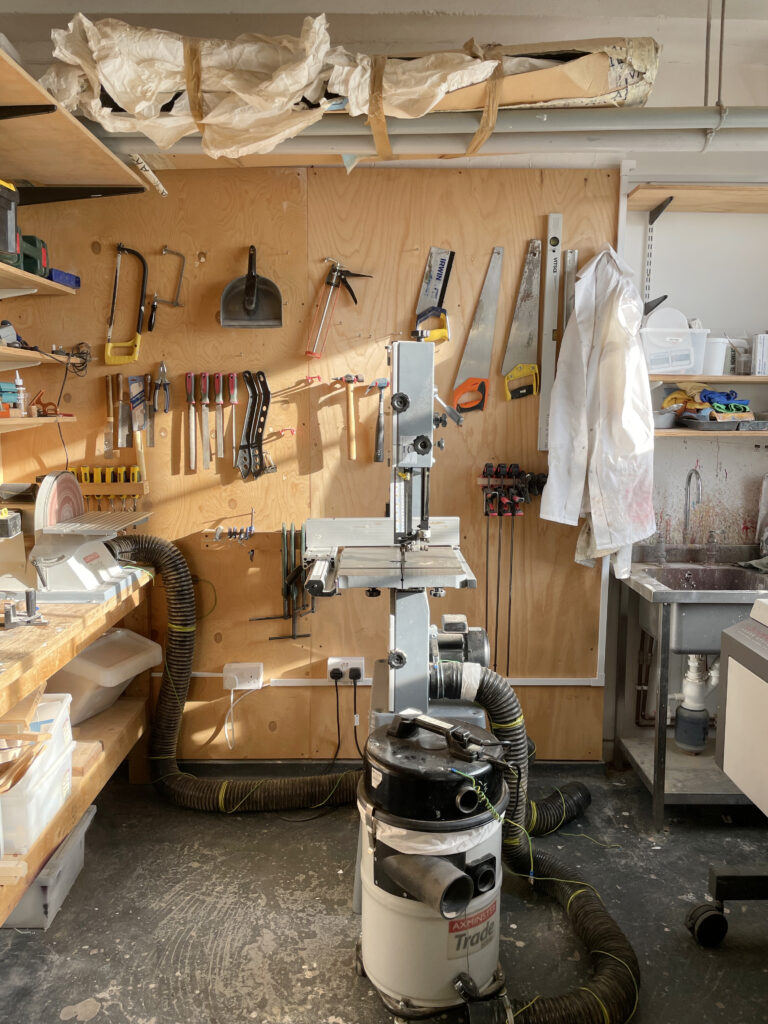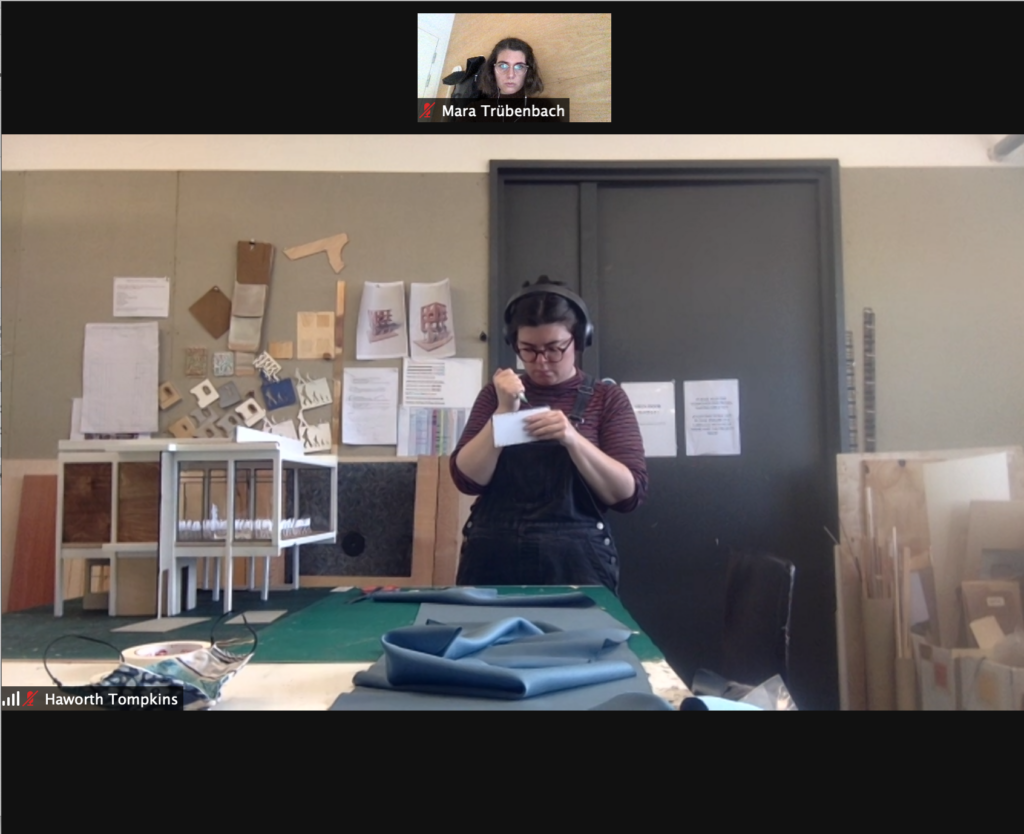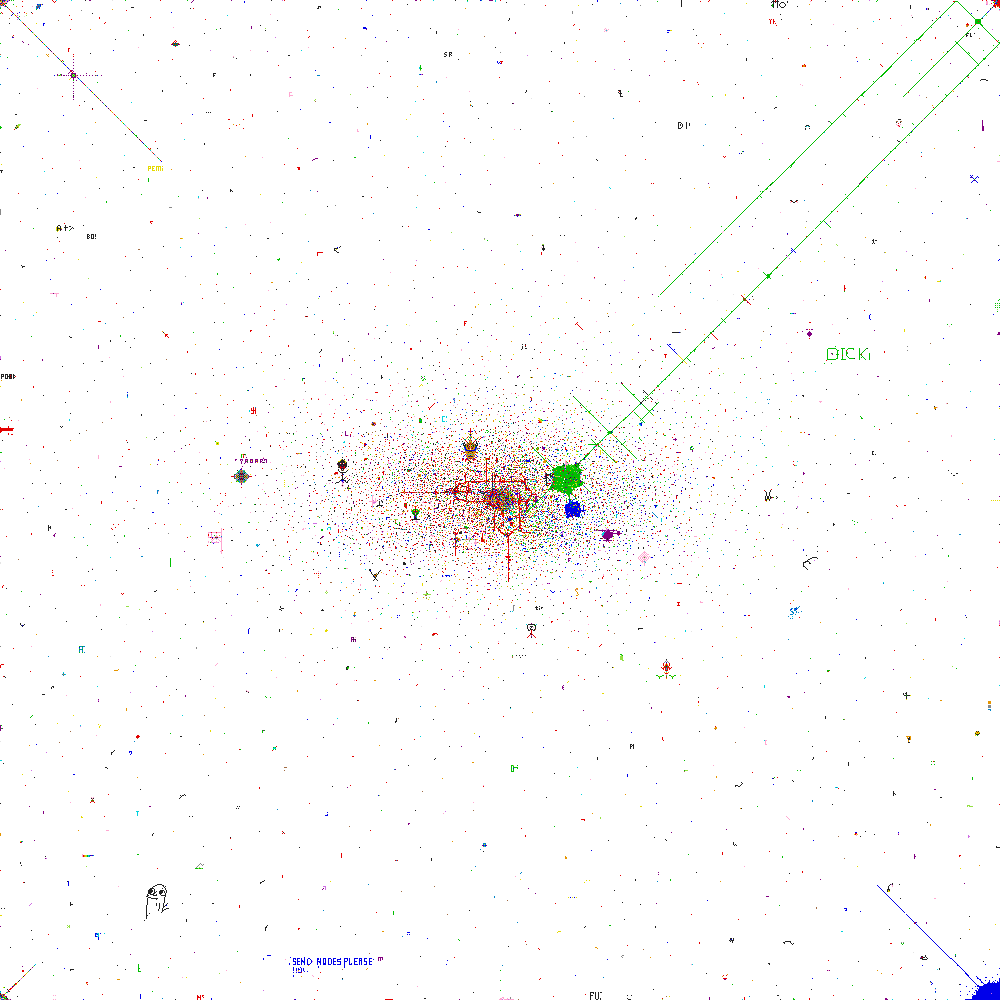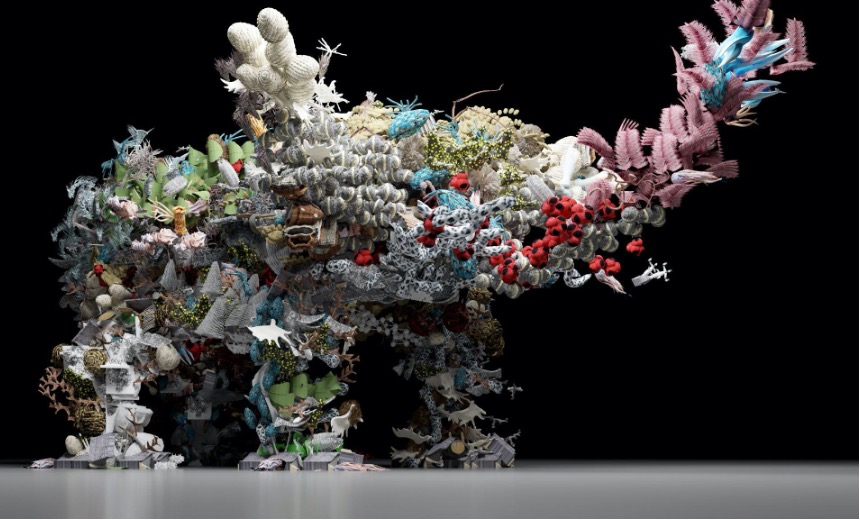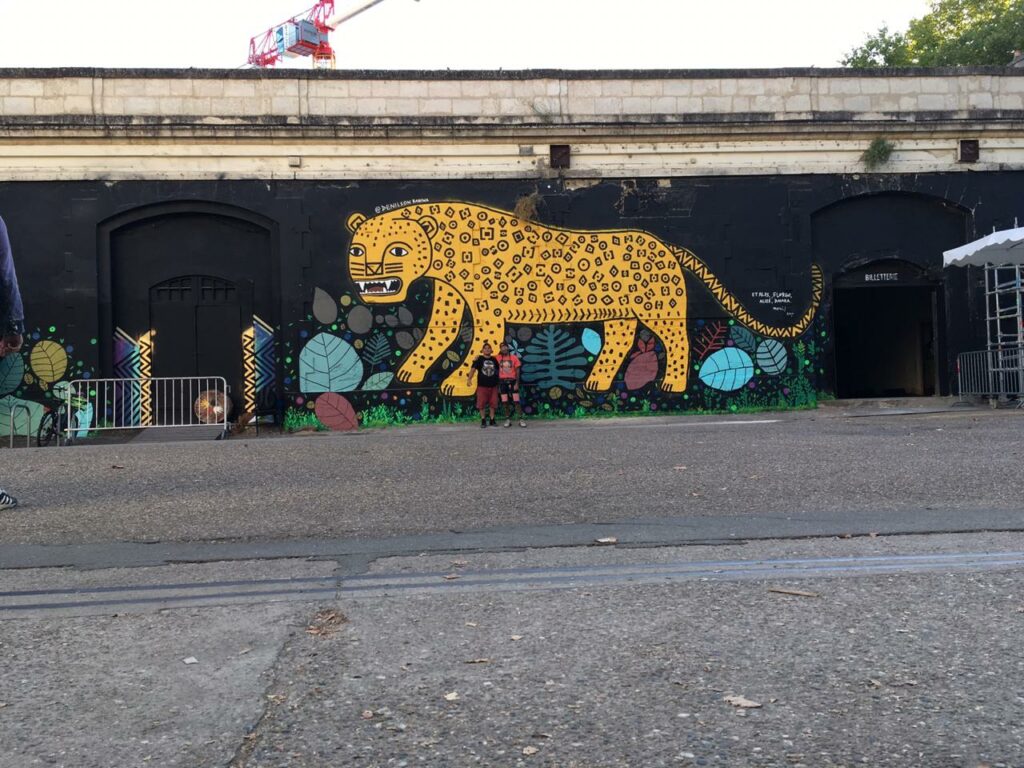Essay
Paper
COMMON GROUND. Discursive Orders in Architecture

ABSTRACT
Is it possible to characterize the relation of architecture and science, if it is not derived from established scientific conventions? This essay highlights one field of the multifaceted spectrum, which pops up in the context of this question, a field, which can be observed when expanding the focus from science to knowledge and processes of its formation and transformation. Focal point will be the question where and in which ways knowledge appears and marks a `common ground´. The investigations are revolved around the most important field of thematisation and mediation of architectural reality at the beginning of the 21st century to be found globally, the International Architecture Biennale, which takes place in Venice in a two year cycle. Furthermore special attention will be riveted on the biennale of 2012, which was dedicated to the theme `Common Ground´. The following notions are enmeshed with the consideration, that with a presentation and uncovering of knowledge and communication on it, we have here a kind of discourse in architecture that might not only process attitudes and a stabilization of the discipline, but also provides triggers for generic processes of scientific contexts and basic understandings of research and design in architecture.
Margitta Buchert
Essay
Paper
View
COMMON GROUND. Discursive Orders in Architecture
Margitta Buchert


Fig. 6:

ABSTRACT
Is it possible to characterize the relation of architecture and science, if it is not derived from established scientific conventions? This essay highlights one field of the multifaceted spectrum, which pops up in the context of this question, a field, which can be observed when expanding the focus from science to knowledge and processes of its formation and transformation. Focal point will be the question where and in which ways knowledge appears and marks a `common ground´. The investigations are revolved around the most important field of thematisation and mediation of architectural reality at the beginning of the 21st century to be found globally, the International Architecture Biennale, which takes place in Venice in a two year cycle. Furthermore special attention will be riveted on the biennale of 2012, which was dedicated to the theme `Common Ground´. The following notions are enmeshed with the consideration, that with a presentation and uncovering of knowledge and communication on it, we have here a kind of discourse in architecture that might not only process attitudes and a stabilization of the discipline, but also provides triggers for generic processes of scientific contexts and basic understandings of research and design in architecture.












